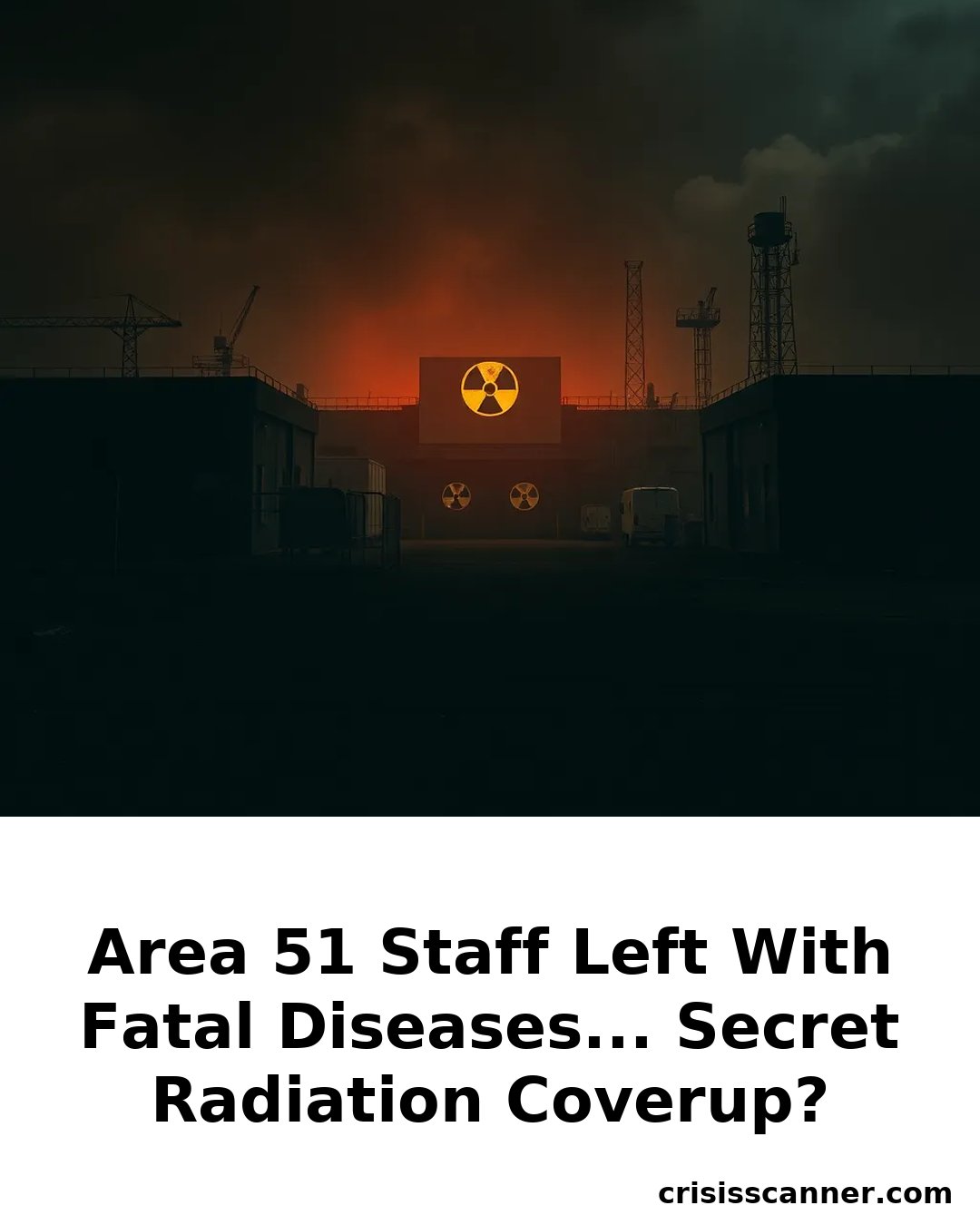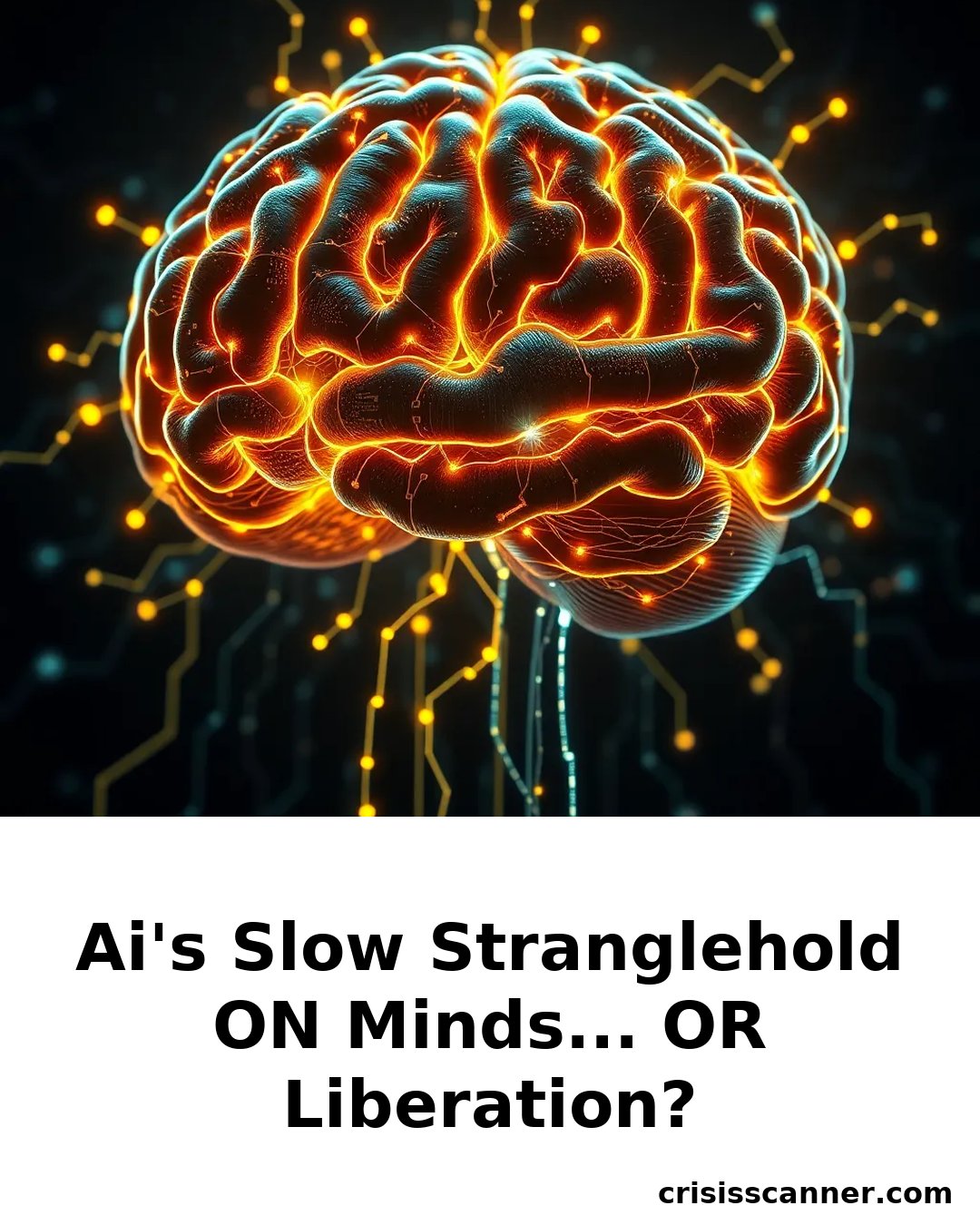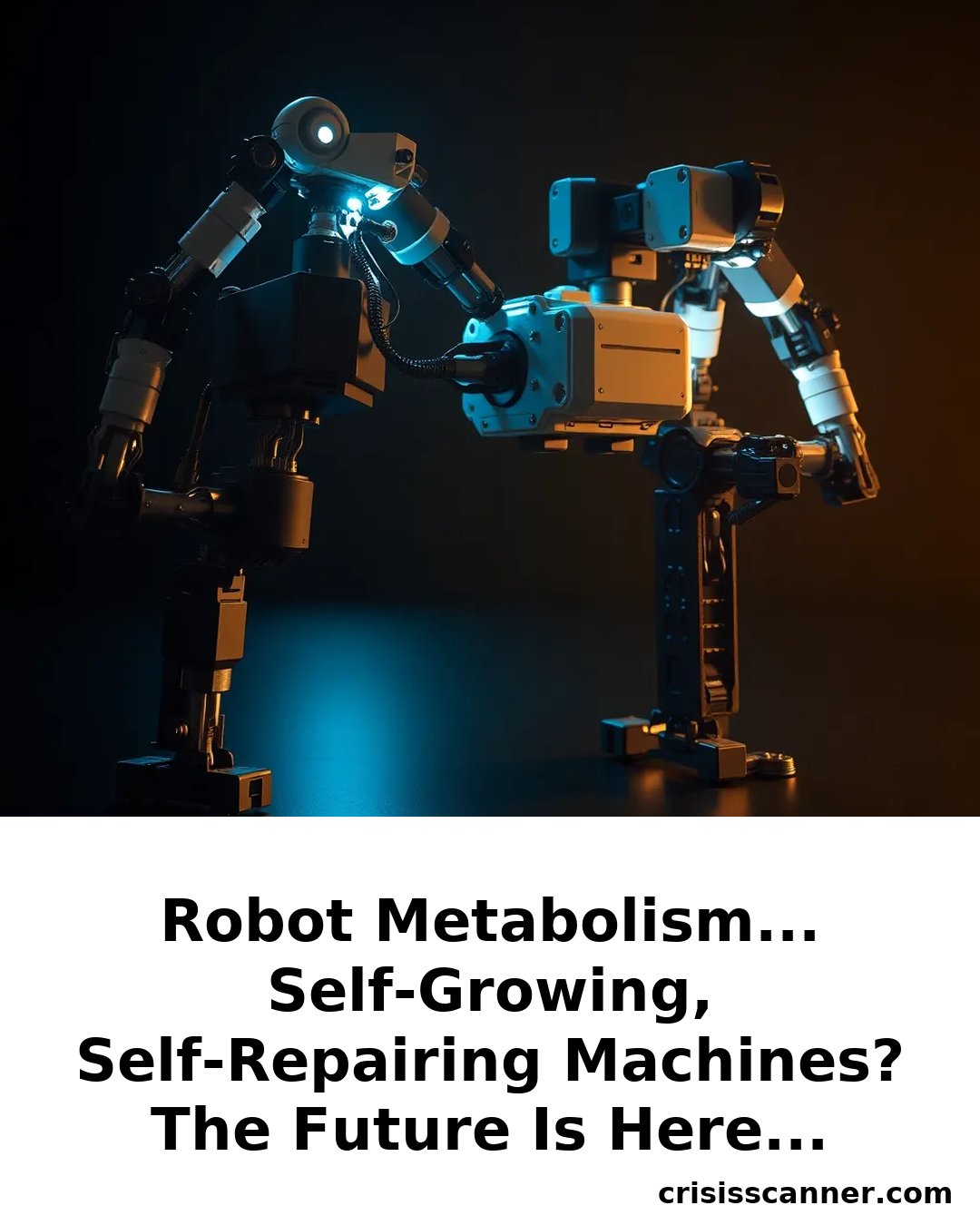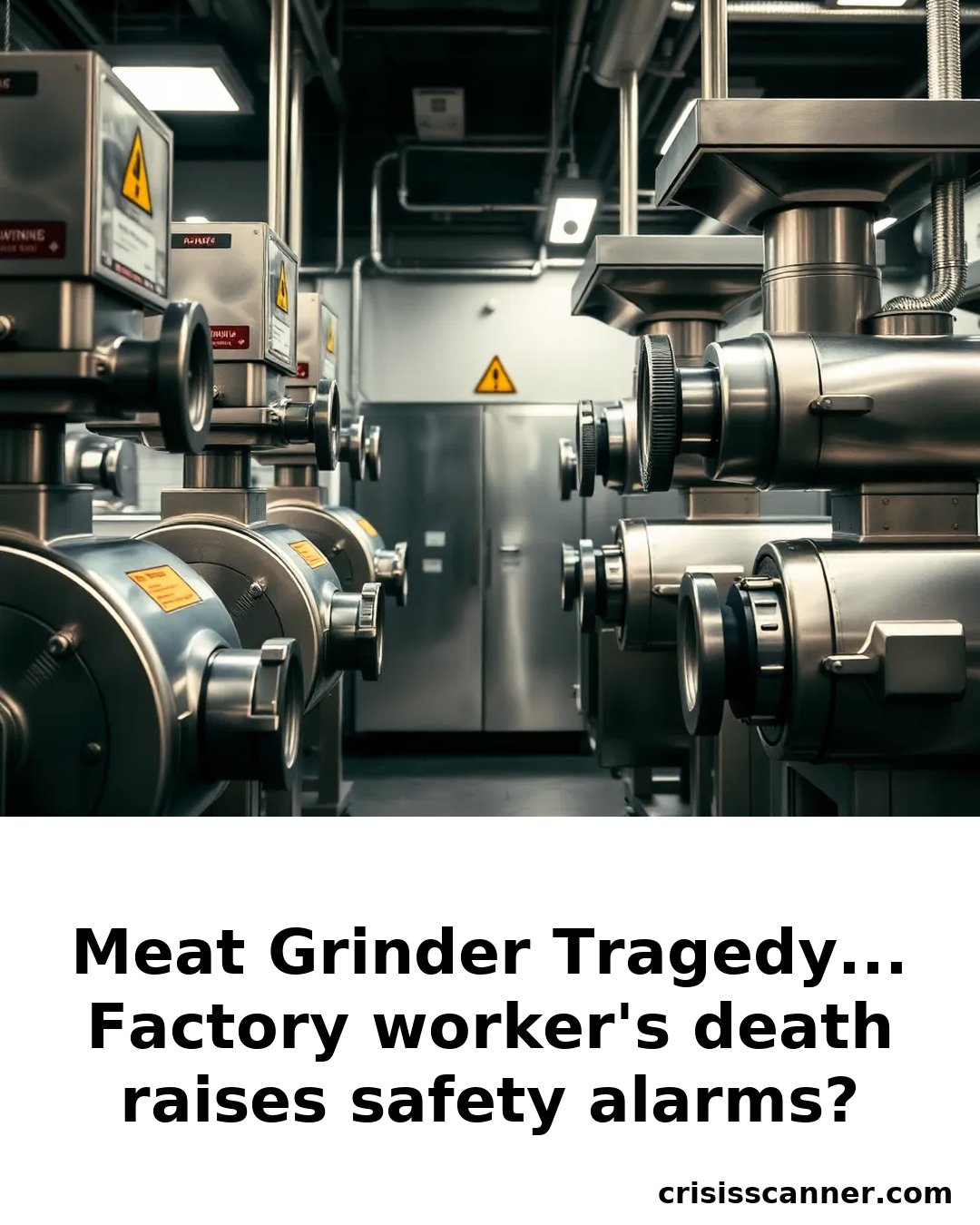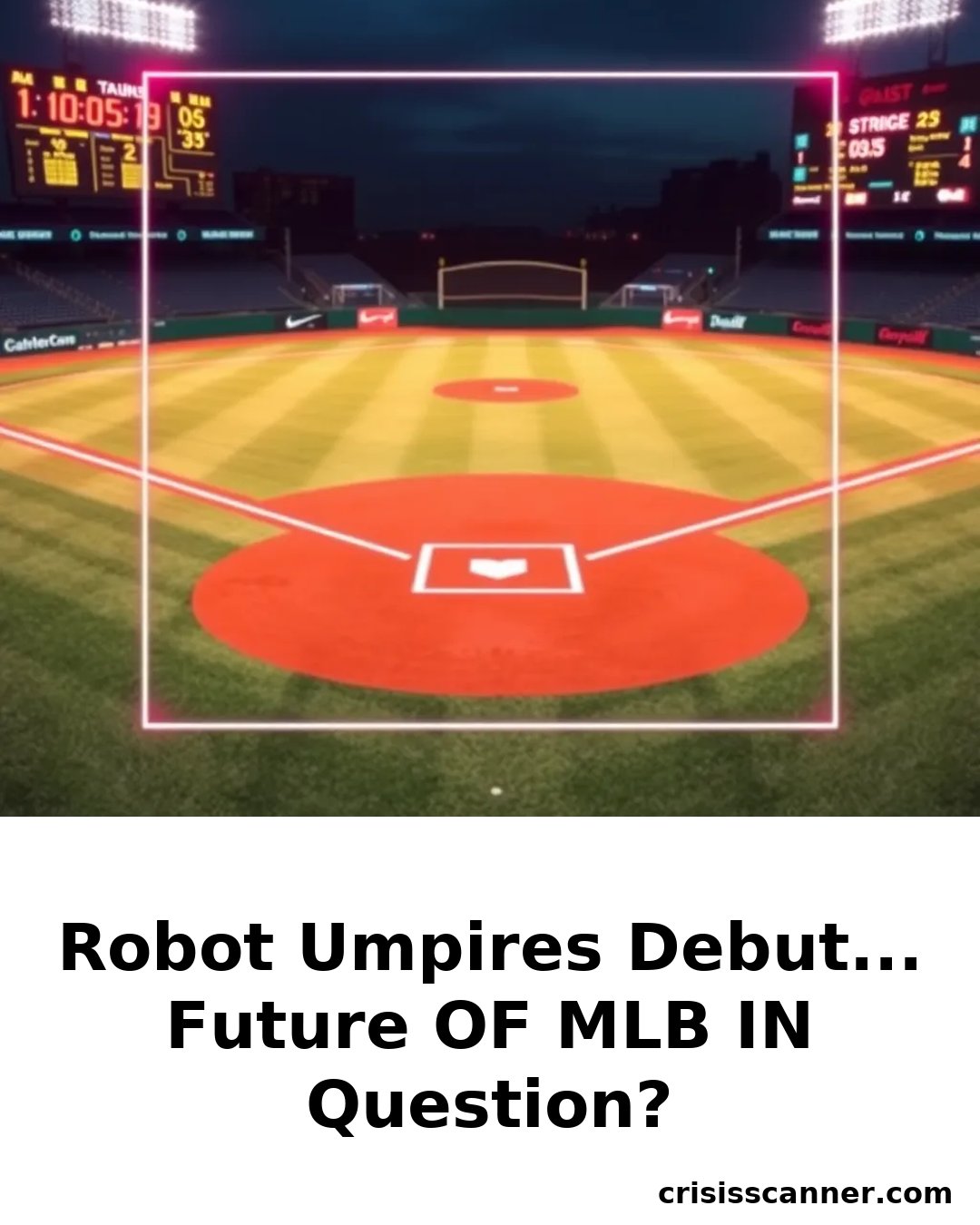The advent of 'Robot Metabolism' at Columbia University signals a pivotal shift in autonomous systems, emphasizing self-sustaining, adaptable machines capable of growth and repair. This innovation challenges traditional notions of monolithic robotic bodies, introducing modular, reconfigurable architectures that mimic biological resilience.
Such technology could revolutionize sectors like disaster recovery, space exploration, and defense, where maintenance and adaptability are critical. However, it also raises concerns about control and safety—what happens when machines can self-repair and evolve without human oversight? The potential for autonomous, self-maintaining robot ecosystems could enhance operational efficiency but also complicate regulatory frameworks, especially if such systems are deployed in sensitive environments. As AI and robotics converge towards this new paradigm, policymakers must consider the geopolitical and security implications of machines that can physically sustain and improve themselves, potentially outpacing human oversight and control.
This development underscores the urgent need for strategic regulation to balance innovation with safety. Read the full story at the source.




